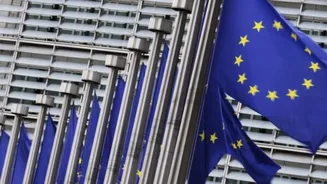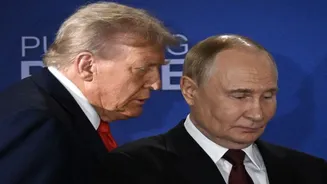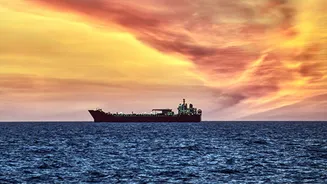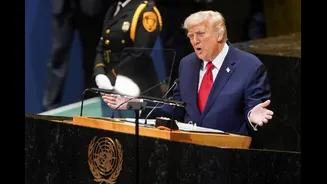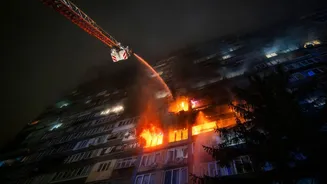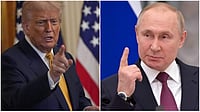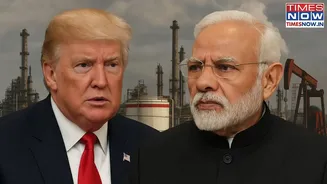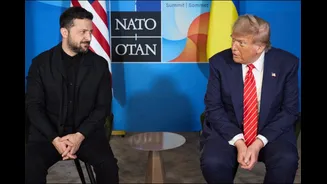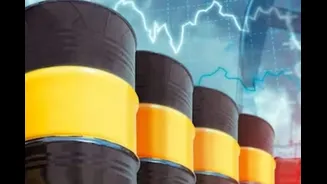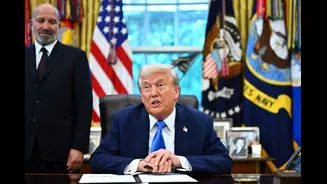The move is seen as crucial to helping keep Kyiv in the fight against Moscow and making the Kremlin pay -- but it is fraught with legal and political perils.
To get around them, the European Commission has floated a complex scheme it says could hand €140 billion ($162 billion) to Kyiv over the next few years.
Here's what is at stake and how it could work:
What's happened?
The EU froze some €200 billion of Russian central bank assets after Moscow's tanks rolled into Ukraine in 2022.
The vast majority of those funds are held in the international deposit organisation Euroclear, based in Belgium.
G7 countries have already used the interest of the frozen assets to fund a $50-billion loan for Ukraine.
But as Russia's war drags on through a fourth year -- and support dries up from Washington -- Kyiv's backers are now looking to go further to help plug its budget.
What's the plan?
While more hawkish countries in the EU have called for seizing the Russian assets outright, that is a red line for many others.
To get around that, the European Commission, the EU's executive, has floated a financial switcheroo that it insists does not touch the Russian sovereign assets.
Instead, under the proposal, the EU would borrow funds from Euroclear that have matured into cash.
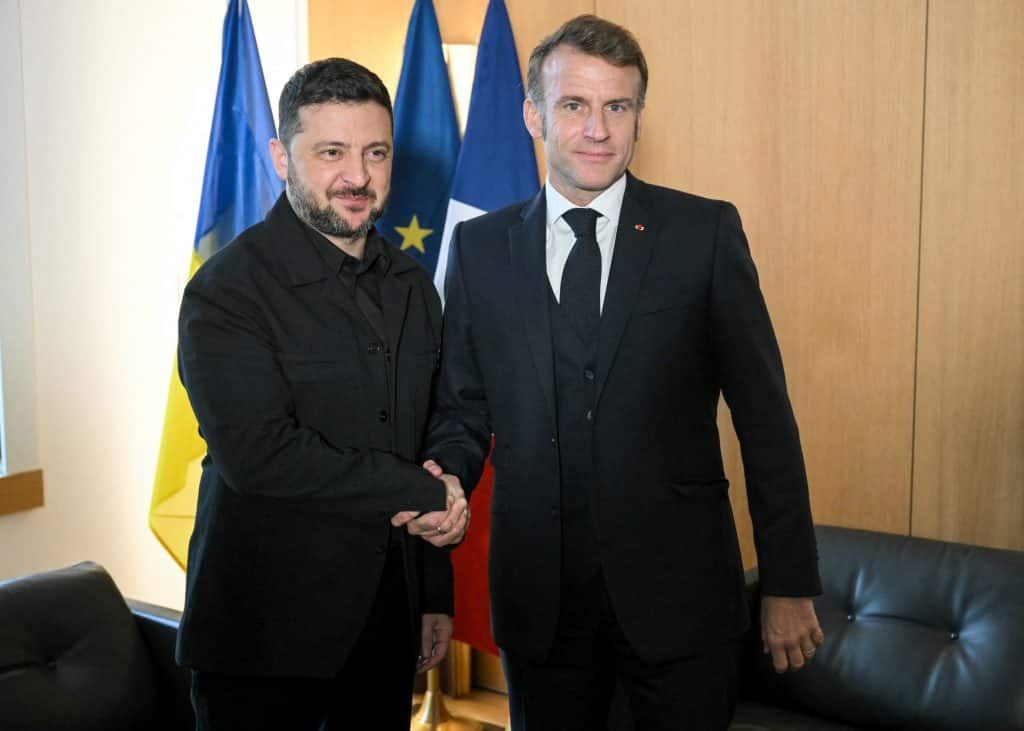
Ukraine's President Volodymyr Zelensky shakes hand with France's President Emmanuel Macron during a bilateral meeting on the sidelines of a European Council meeting gathering the 27 EU leaders to discuss Ukraine, European defence, recent developments in the West Asia, competitiveness, housing and migration, in Brussels. AFP
That money would then, in turn, be loaned to Ukraine, on the understanding that Kyiv would only repay the loan if Russia coughs up for the damage it has wrought.
The scheme would be "fully guaranteed" by the EU's 27 member states -- who would have to ensure repayment themselves to Euroclear if they eventually decided Russia could reclaim the assets without paying reparations.
Belgian demands?
Belgium has been the most vocal sceptic of the plan, as it fears the move could open up the country to costly legal challenges from Russia.
Prime Minister Bart De Wever has insisted that to move ahead, Belgium needs firm guarantees from all other EU states that they will share the liability if Moscow comes calling.
He also wants other countries in the bloc to promise to start tapping Russian assets frozen in their territories.
"Then we could go forward," he said at the start of the EU summit.
"If not, I will do everything in my power at the European level, also at the national level, politically and legally, to stop this decision."
What's next?
Despite the Belgian hangups, EU leaders are expected to give the go-ahead at the summit for the European Commission to draw up a formal legal proposal for the loan.
Antonio Costa, who heads the European Council of the bloc's member states, said heading into the talks that leaders would "take the political decision to ensure the financial needs of Ukraine for 2026 and 2027".
EU officials say they hope to have a detailed proposal ready next month and be able to finalise the loan by the end of the year.
But there looks set to still be wrangling over the small print, with lawyers poised to go through it with a fine-tooth comb.
One key sticking point could be the conditions under which the funds can eventually be spent by Kyiv.
France is insisting that the bulk of the funds go to buying weapons from within Europe, as it seeks to bolster the EU's defence industry.
The commission has backed that argument for now, but other member states insist the focus should be on allowing Kyiv to get what it needs to fight Moscow, wherever it comes from.
That could also help to keep US President Donald Trump on side by pumping some of the funds into buying American weaponry.
